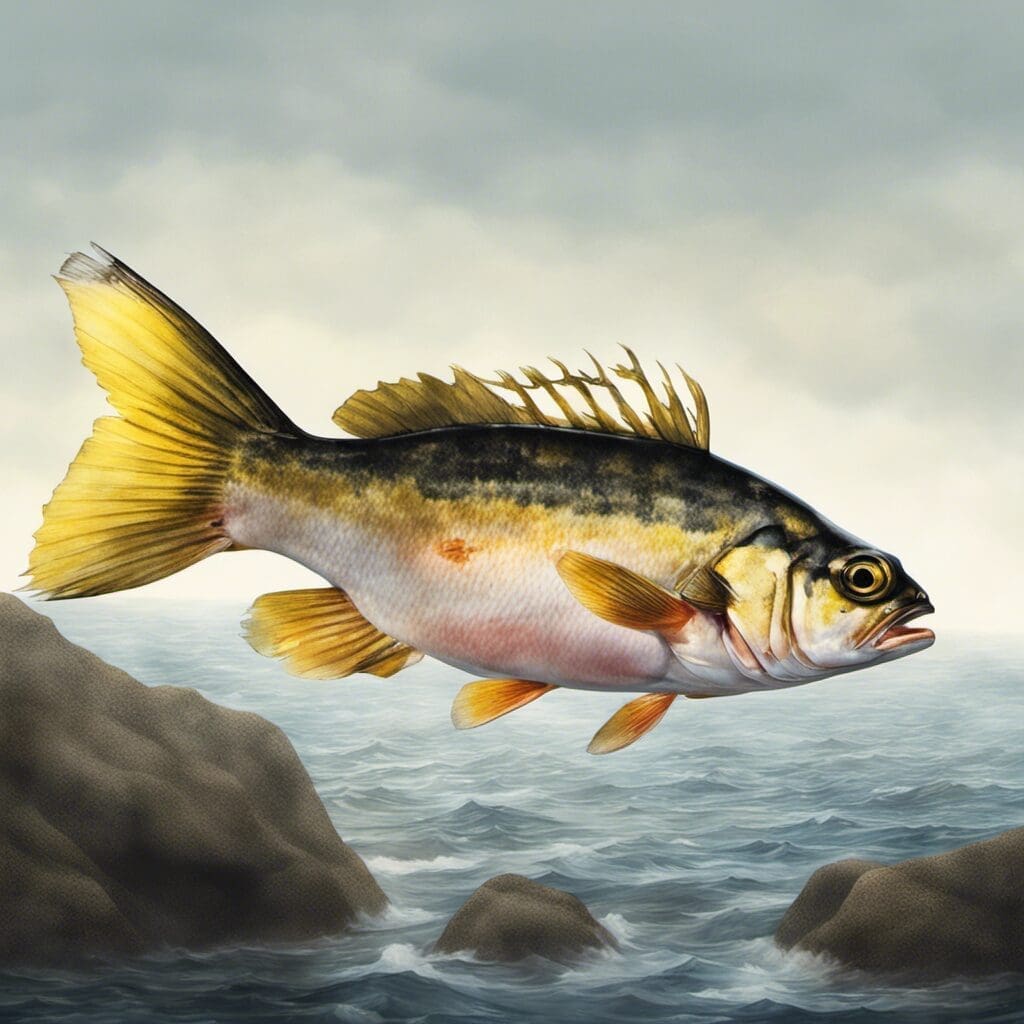Introduction
Yellowtail Rockfish is a species of rockfish (Sebastes flavidus) belonging to the Scorpaenidae family. This member of the expansive Scorpionfish family showcases a stunning pale-olive yellow to brown hue—earning its titular ‘Yellowtail’.
Conservation Status
Yellowtail Rockfish is currently classified under the “Least Concern” category by the International Union for Conservation of Nature (IUCN). Conservation efforts include regulating fishing measures and maintaining sustainable practices to prevent potential overexploitation.
Statistics
| Statistical Aspect | Average | Range |
|---|---|---|
| Length | 17 inches | 12-24 inches |
| Weight | 2lbs | 1.5-3 lbs |
| Average Lifespan | 17 years | n/a |
Distribution
Regions/Countries
Yellowtail Rockfish primarily reside along the North Pacific Ocean, with wide habitat ranges from California to Japan.
Migration Patterns
The species doesn’t typically pass through notable migratory patterns. However, younger fishes tend to move from deeper offshore waters to shallower inshore ones.
Habitats
| Factor | Range |
|---|---|
| Water Type | Saltwater |
| Depth Range | 0 to 500 meters |
| Temperature Range | 4°C – 15°C |
When and Where to See
Seasonal patterns
The Yellowtail Rockfish can be spotted throughout the year, but their presence surges during the spawning season, from February to March.
Time of day
They are largely diurnal, evident throughout the day when they forage for food.
Best Fishing Locations and Tips
Top Fishing Locations
- Southern California
- Northern Washington
- British Columbia, Canada
- South Kodiak Island, Alaska
General Tips
Look for floating kelp paddies, which often harbor Yellowtail Rockfish, and focus on periods when tidal movements are most significant.
How to Catch
Preferred Bait or Lures
Jigs, spoons, and live bait are excellent for catching Yellowtail Rockfish.
Fishing Techniques
Bottom fishing and trolling are the most effective techniques. The best time for fishing is during the day, particularly around twilight hours.
Identification Guide
Physical Characteristics
The Yellowtail Rockfish gets its name from its yellow to olive hue. It has large, spiny dorsal fins and a slightly compressed body.
Comparison with Similar Species
Compared to similar species in the rockfish family, the Yellowtail Rockfish possesses a distinct dark lateral line running along their sides which differentiates it.
Culinary
How to Cook
Yellowtail Rockfish can be baked, broiled, or grilled. It is highly prized for its delicate, slightly sweet flavor and firm, flaky texture.
Nutritional Information
A serving of Yellowtail Rockfish contains high-quality protein, essential omega-3 fatty acids, and is a decent source of Vitamin D.
Additional Information
Behavior
Yellowtail Rockfish feed primarily on zooplankton but will also variably consume small fish. They are viviparous, and their breeding season peaks in late winter and early spring.
Predators and Threats
Natural predators include larger fish like the Lingcod and humans, who fish them both commercially and recreationally.
Cultural/Historical Significance
Yellowtail Rockfish has been a crucial part of the economic and cultural history of Pacific coastal communities, played a role in local fishery economies, and been used in local cuisine.

